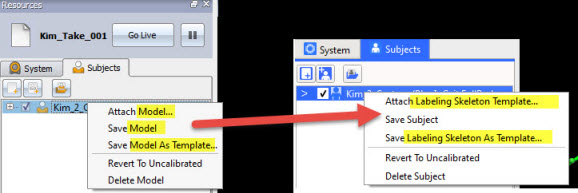Overview of changes to labeling
In Vicon Nexus 2.0, subjects can be calibrated using a dynamic (ROM) trial, instead of a static trial. This new type of calibration gives more reliable labeling and more accurate results, and forms part of the new recommended workflow for Nexus.
An autolabeling feature, which works with dynamic calibration and is also part of the new recommended workflow, enables you to avoid time-consuming and error-prone manual labeling. It is available via a new Auto Initialize Labeling pipeline.
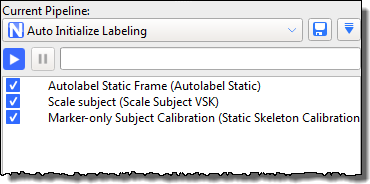
For instructions on how to use the new pipeline, see Automated labeling.
Important: You still have the option of calibrating from a static trial, in the same way as you did previously, by capturing and reconstructing a static trial, manually labeling it, etc. However, if you do this, you will not benefit from the new, more accurate labeler, and you will be unable to use automated labeling.
For information on how to use the old calibration workflow in Vicon Nexus 2.0, see Use the old Vicon Nexus calibration workflow.
Labeling terminology
To understand labeling in Nexus 2.0, note the following terms:
❙ Labeling: Any process, operation or algorithm that is used in Vicon Nexus to assign a label to a reconstruction
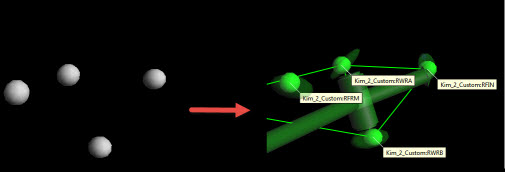
❙ Modeling: Takes labeled reconstructions and uses these to perform calculations whose results are new variables.
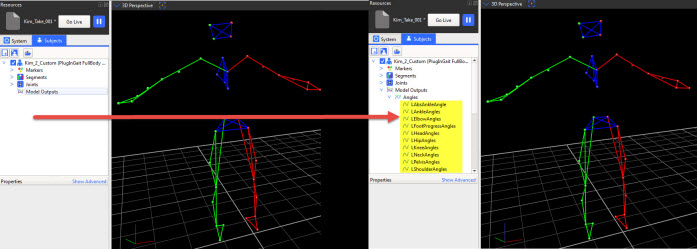
❙ Models: Files or operations that produce new calculations after labeling. Plug-in Gait and the Oxford Foot Model are models, as are MOD files built in BodyBuilder.
❙ Subject: The representation in Nexus of a physical entity (eg a patient)
❙ Labeling skeleton template (VST): Contains information and definitions related to labeling.
❙ Labeling skeleton (VSK): A subject that has a labeling skeleton template attached to it and subject-specific properties that are required for modeling (after labeling)
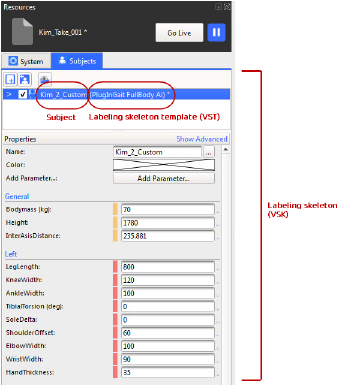
To make the distinction clear in Nexus 2.0, a number of menu items now have different names:
